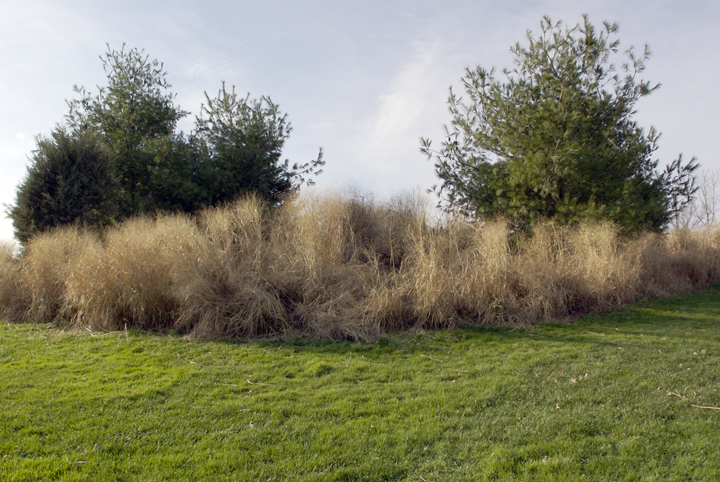

Reflections
Public space is a platform for interaction, and public art a set for challenging the individual's perception. But even if placed in the public realm, some art projects are more "public" than others and succeed better in developing a critical experience of the urban landscape.
Both projects of Susumu Shingu "Gift of the Wind," and Mierle Laderman Ukeles "Turnaround/Surround" are permanent public art works concerned with the quality of human activity and the sustainability of its landscape. These particular works are related to the existing but invisible resources of the city and have deal with it in different ways. While Shingu's sculpture is not perceived for many of the daily transients that cross Porter Square, Ukeles project seems to provoke a more powerful engagement with its community and neighborhood 1.
Shingu and Ukeles also developed temporary strategies that highlighted not only the landscape itself but also empowered the economical, political and cultural values of the human activities on it . Shingu's temporary project "Wind Caravan" through the study and observation of the wind with local communities in places where the electric energy was sub developed. Ukeles, through her earlier performances such as "Touch Sanitation" and "Maintenance Art" that brought to public the work of the individuals that daily contribute to the maintenance of the environment of the cities.
How to make art that empowers the community and its landscape? With temporary strategies or permanent art works?
How can public art create a set or situation for critical perception of the public space, its use and mis-use?
How can artists work together with planners, designers and architects in the design of a sustainable city?
How can citizens be made aware of the work that is being done to preserve the elements that surround them?
How can people learn to give value to their public space?
1. In my fieldwork at Porter Square, I observed that Shingu's sculpture (monument) is invisible - speechless - to most of the people that I came across, and that on the contrary the persons I meet at the Danehy Park where aware of Ukeles interventions, such as the grassphalt and the rubber circles.